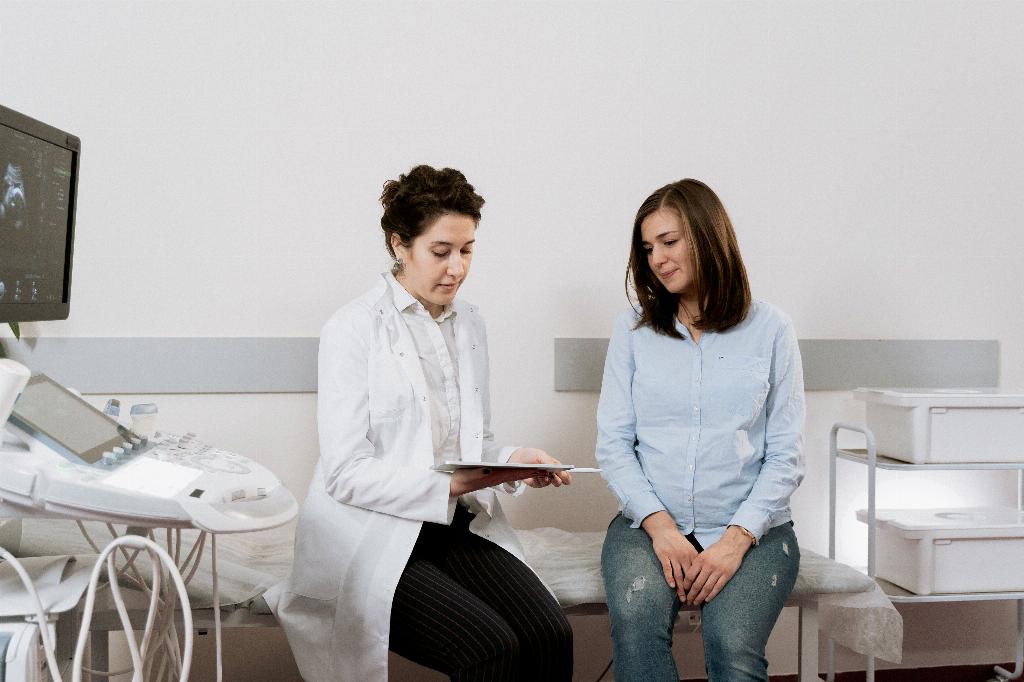Understanding the changes in cervical mucus throughout the menstrual cycle is crucial for tracking fertility and overall reproductive health. After ovulation, which typically occurs around days 14 to 22 of a regular 28-day cycle, the consistency and appearance of cervical mucus undergo noticeable transformations due to hormonal fluctuations.
Post-ovulation, which encompasses the days following the release of the egg from the ovary, the body experiences a surge in progesterone levels. This rise in progesterone leads to the drying up of cervical fluid, resulting in a reduction in the volume and a transition from the more abundant, watery consistency present during ovulation.
Initially, in the immediate aftermath of ovulation, cervical mucus may appear somewhat cloudy as the progesterone levels begin to increase. However, as days progress post-ovulation, the texture of the cervical mucus tends to become thicker and less fluid-like, resembling a cream-like or sticky quality.
Entering the pre-period phase, typically falling around days 22 to 28 of a 28-day cycle, the impending menstruation triggers further changes in cervical mucus. As the period approaches, the discharge may exhibit a more glue-like consistency, signaling the body’s preparation for shedding the uterine lining.
These alterations in cervical mucus texture serve as visual cues for tracking fertility and ovulation patterns. By observing and recording these changes, individuals can gain insights into their menstrual cycles and optimize the chances of conception or contraception based on where they are in their cycle.
It is essential to note that variations in cervical mucus appearance and feel can differ among individuals and may not always follow a precise timeline. Factors such as stress, illness, medication, or hormonal imbalances can influence the patterns of cervical fluid, highlighting the importance of personalized awareness and observation.
For individuals trying to conceive, monitoring cervical mucus changes can aid in identifying the fertile window, the period when conception is most likely. During peak fertility, cervical mucus typically becomes clear, slippery, and stretchy, facilitating sperm survival and movement towards the egg for fertilization.
Conversely, for those aiming to avoid pregnancy, recognizing the shift towards drier, thicker cervical mucus post-ovulation can help in determining the decreased chances of conceiving during that phase. Utilizing this natural method of fertility awareness can serve as a non-invasive form of birth control for some individuals.
It’s crucial for individuals to establish a baseline understanding of their unique cervical mucus patterns by consistently tracking their observations over several menstrual cycles. By creating a comprehensive log of changes in texture, color, and stretchiness, one can better interpret their fertility signs and make informed decisions regarding reproductive health.
Consulting with a healthcare provider or fertility specialist can offer additional guidance on tracking cervical mucus changes and utilizing this method effectively. These professionals can provide personalized insights and support in navigating the intricacies of fertility awareness for those seeking to optimize their reproductive journey.
In conclusion, the changes in cervical mucus post-ovulation and leading up to menstruation play a vital role in understanding fertility patterns and reproductive health. By recognizing and interpreting these shifts, individuals can harness the power of natural fertility awareness to enhance their reproductive outcomes and overall well-being.

